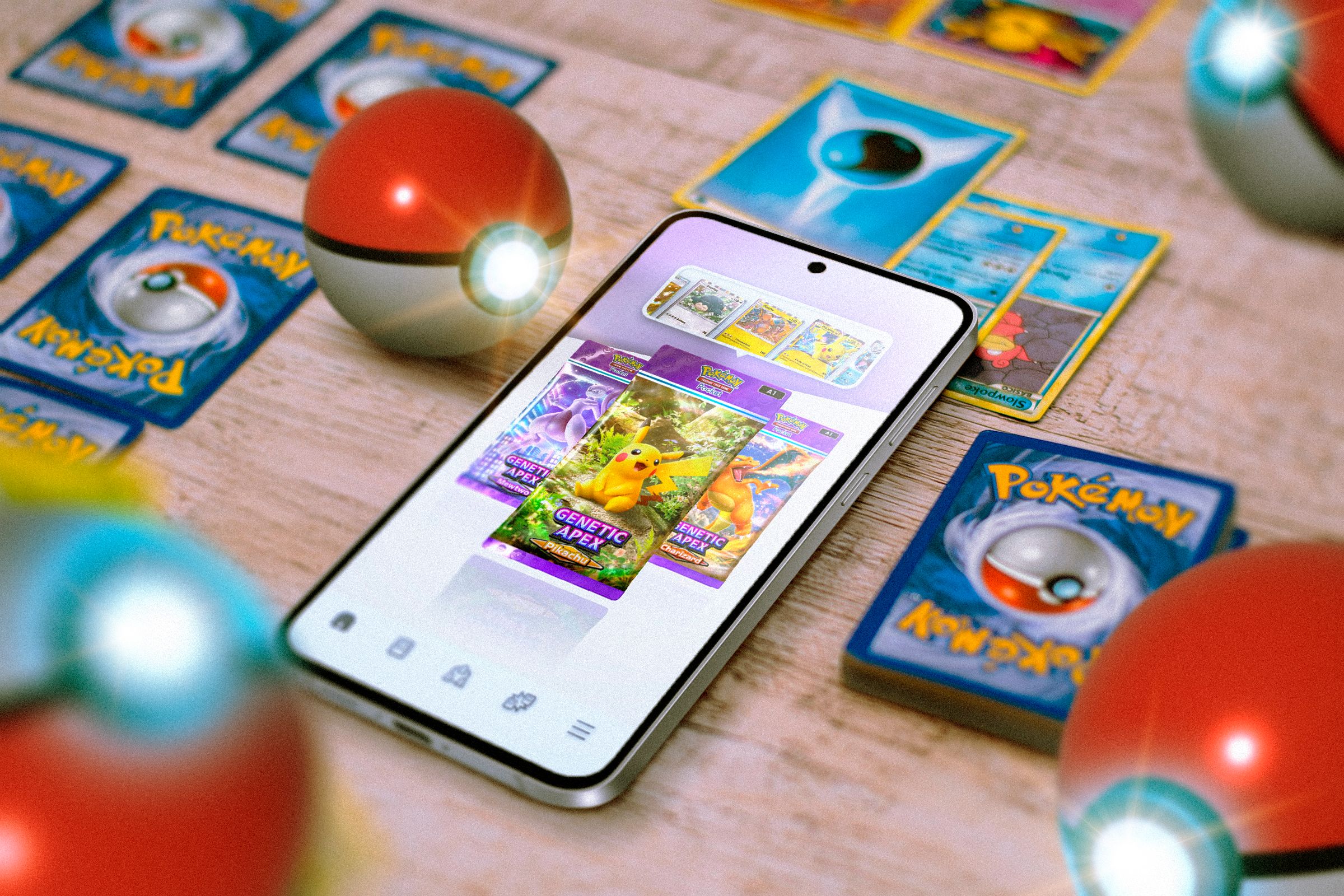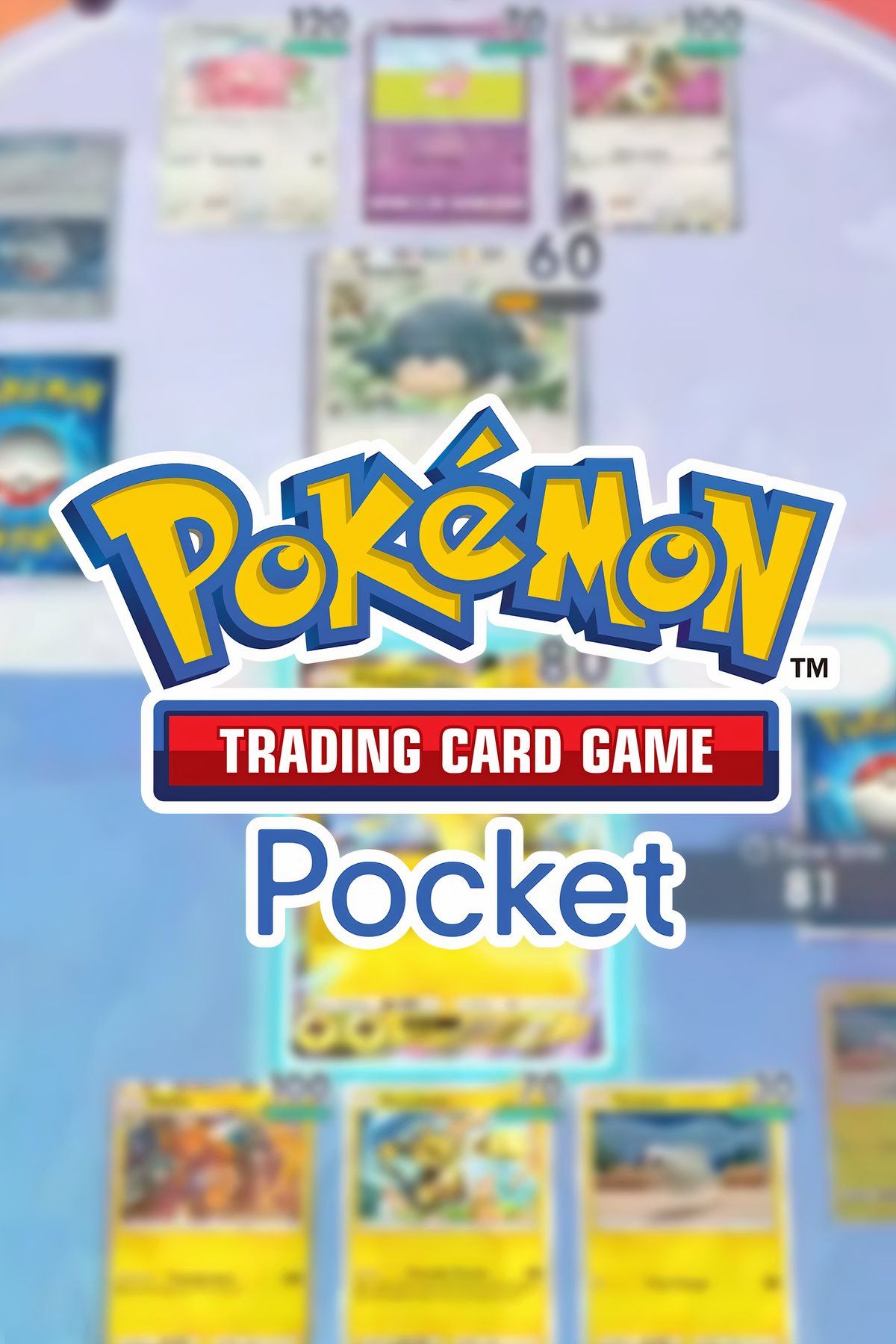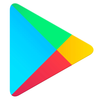Two things are true about me: I love Pokémon, and I love deck building. However, the only time these interests successfully merged was in my late-1990s childhood playing the Pokémon Trading Card Game. Or at least, that was true until a recent mobile game brought me right back to those old days.
In the past few years, you’ve probably seen headlines about hordes of Poké Fans tumbling over each other in a mad dash to get Pokémon cards. However, crazed retail scenes are only one piece of the picture surrounding this TCG’s resurgence in popularity. A relatively new mobile game is where the real crowd (and money) resides.
Pokémon Trading Card Game Pocket—a ground-up rework of the TCG for phones—immediately became one of the most profitable mobile games ever after passing the $1 billion revenue mark in 204 days. To put this in perspective, that’s nearly three months faster than it took Pokémon GO to reach the same milestone. And, while many modern Pokémon games have been of concerning quality despite high sales, this success was well-earned.

The game masterfully caters to casual collectors, single players, and competitive battlers alike. A new set of cards is introduced every month based on themes like every Pokémon from a specific region or popular franchise mascots (the most recent being a celebration of all things Eevee). The team has done a good job finding a delicate balance between classic card art and all-new digital art. The best of the new batch are usually saved for rare drops, including cards with a 3D effect and immersive cards (which play a video file when long pressed). If you’re a collector, filling up your digital binder with these is a joy, and if you’re a battler, they become enviable bling to showcase in showdowns.
The battle system has been carefully truncated and streamlined, keeping matches appropriately short for mobile devices while still providing meaningful choices during gameplay and deck building. The points you need to win have been halved with prize cards removed entirely, decks consist of 20 cards, and one energy is generated every turn (with energy cards completely removed). While this format has its limitations, smart card design has constantly injected new ideas that change the flow of battle. It also results in a slick user interface that gets a gold star for its ability to still stuff a ton of information onto one screen without ever feeling cumbersome.
Of course, the standard gacha trappings like season passes and premium currency bought with real money are in full effect here. The monetization isn’t remotely as aggressive as more egregious gacha models, which makes its earnings all the more impressive. In my humble opinion, Pokémon TCG Pocket’s success is a reward for a quality product rather than sheer greed.
The Pokémon Battle I Was Seeking
Chasing childhood nostalgia is often a fool’s errand as there’s simply no replicating innocent joy. While Pokémon TCG Pocket was able to accomplish this, other digital permutations I played before it couldn’t recreate the magic.
I bounced off of Pokémon Trading Card Game Online when it became apparent that the only way to build viable decks was to buy copious physical packs to receive codes. Its successor, Pokémon Trading Card Game Live, retained this element but was utterly sterile, which in turn made the cards themselves woefully unexciting.

Meanwhile, Pokémon TCG Pocket has all the right pomp and circumstance to make opening a rare card feel special. A lot of this effort stems from a gacha game’s need to keep the dopamine flowing, but that doesn’t have to be a bad thing. For me, it sparked a personal connection to my cards that I hadn’t felt since my youth. It won’t matter if they completely disappear alongside an end-of-service, as they evoked an emotional response that nobody can take away from me.
A lot of this boils down to the early adoption experience. As a day one player, I was able to start on a level playing field alongside veterans with physical collections spanning decades. It also brought in a communal element of sharing lucky draws and funny battle moments with friends and coworkers. While many of these people would drop the game in due time, it felt like 1999 all over again for a few memorable months.
The Nostalgia Has Faded, but the Game Remains

Pokémon TCG Pocket launched with boosters based around the original 151 Pokémon with lots of repurposed art from the first-ever Pokémon TCG set. In other words, The Pokémon Company knows its audience of adults like me who will fawn over fat Pikachu.
Because of the virality of gen one nostalgia, a lot of people came to the game for these cards and fell off as subsequent sets explored other regions of the Pokémon world. This meant that the communal sensation also wore off and my choice to continue playing became more centered around enjoying the gameplay and gacha. It helps that my fandom stretches across the entire franchise, but the extra dose of magic that was experiencing the TCG socially had dissipated. The game became routine from this point. One day I’ll tire of that routine and quit. And that’s okay.
I know it’s cliché to say, “It’s about the memories we made along the way,” but it was about the memories I made along the way. Back in 1999, it wouldn’t be long until I moved away from the neighborhood, leaving behind the Pokémon TCG but keeping the memories. The same holds true for my early experience with Pokémon TCG Pocket. That I was able to rekindle any form of that youthful experience is a miracle in its own right. Plus, the game has remained engaging for me, which fulfills my desire to play the TCG from a pure gameplay perspective. It’s a win-win.

With the Switch 2 era in full swing, Pokémon Trading Card Game Pocket is one of multiple mobile games I think Nintendo should bring to the new console.

How to Get Started with Pokémon TCG on Android
Pokemon TCG Pocket was released for Android devices earlier this month.











